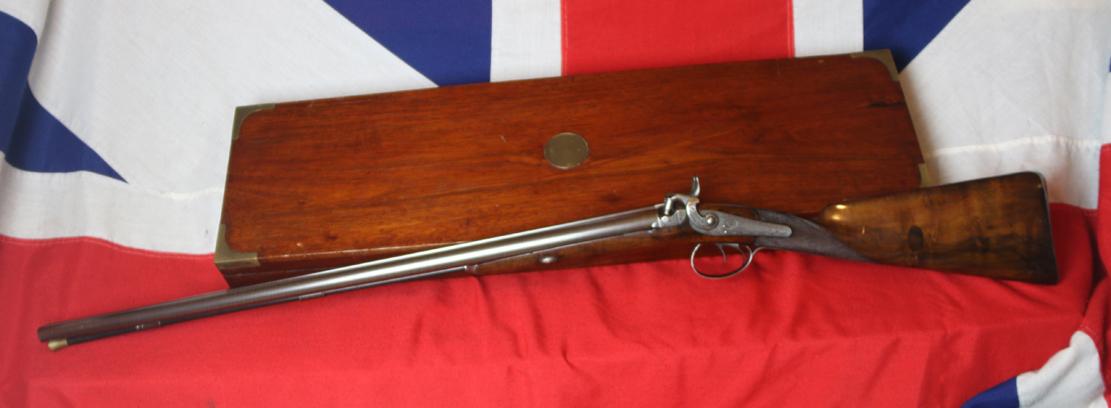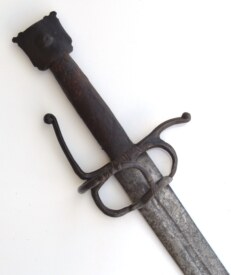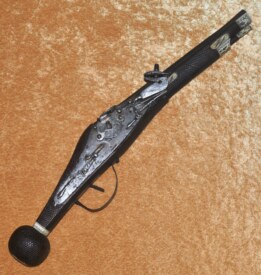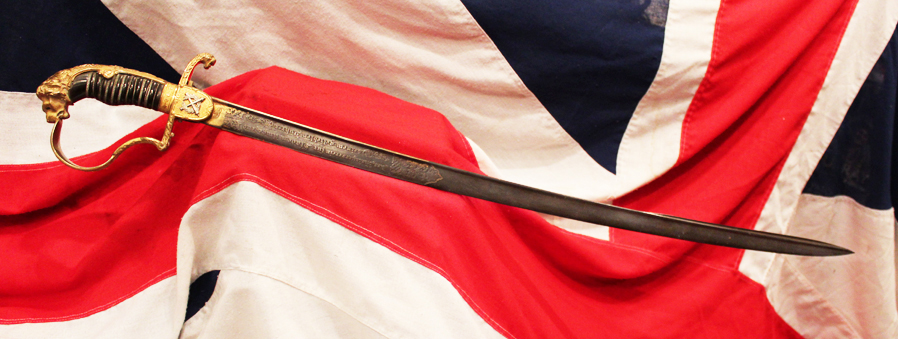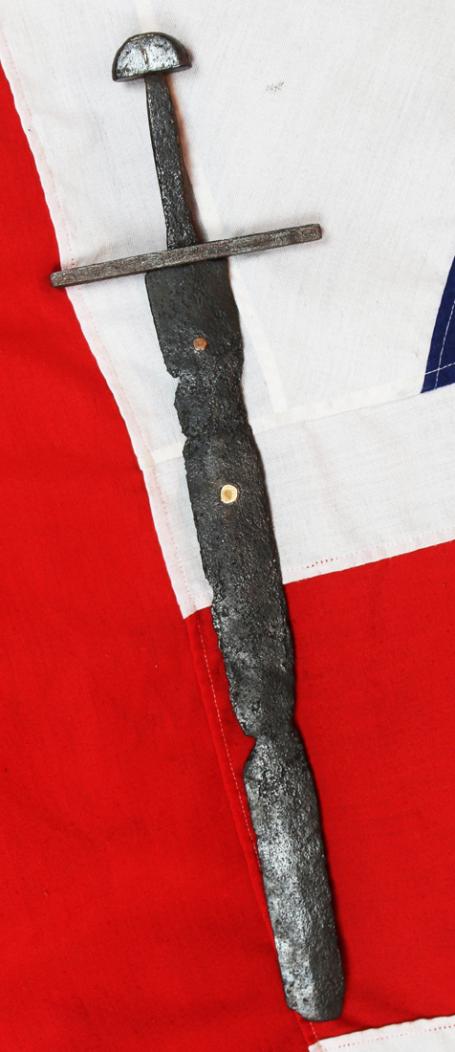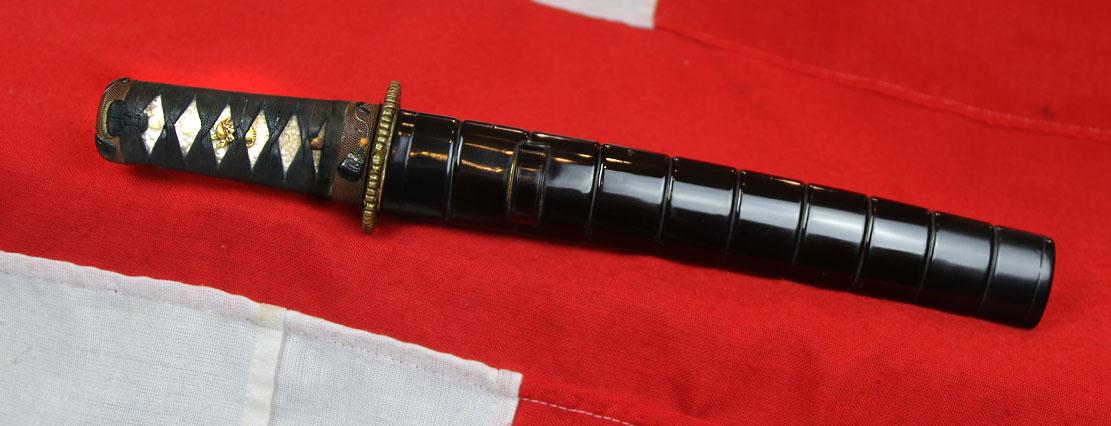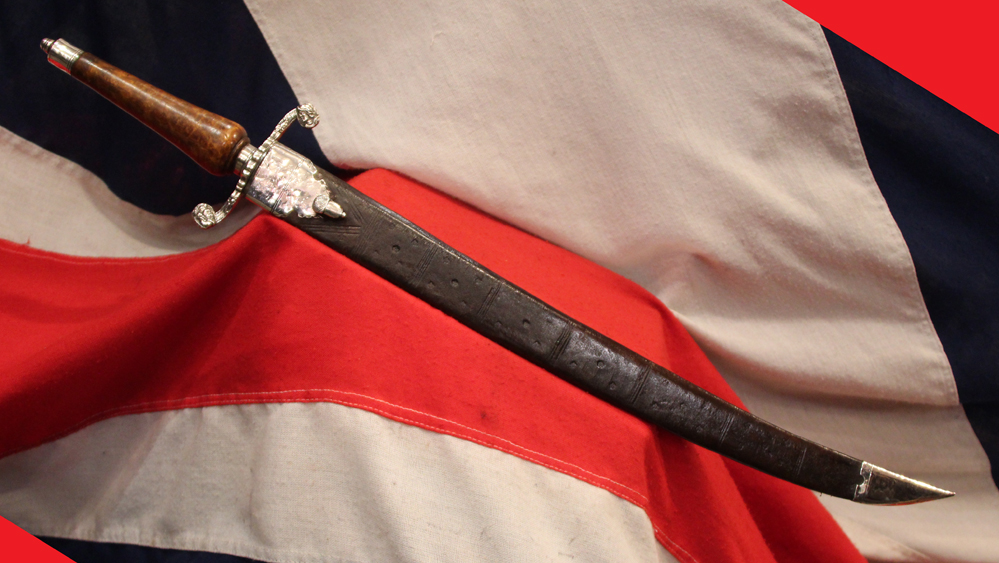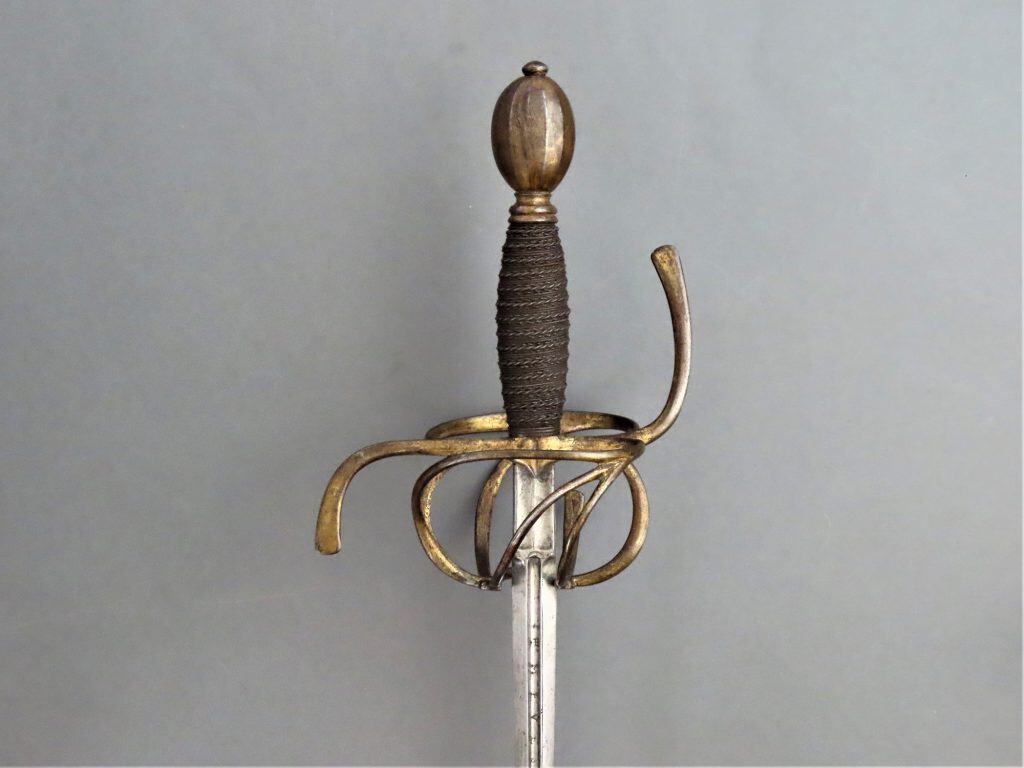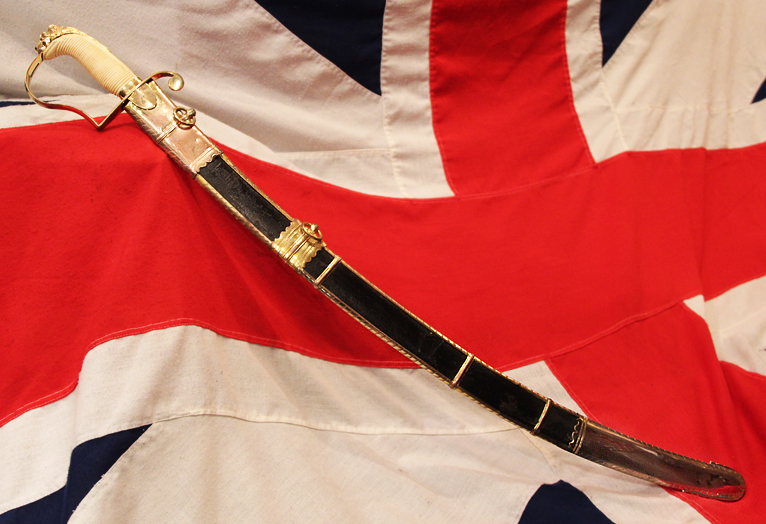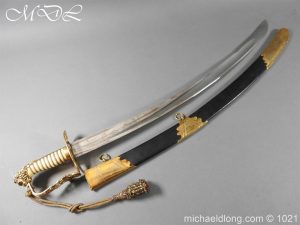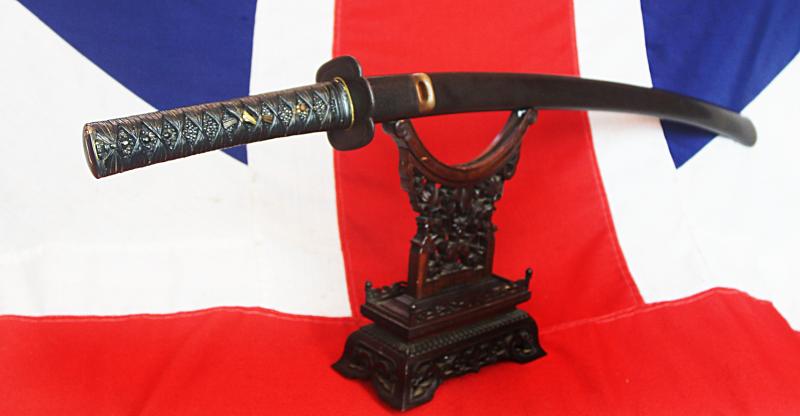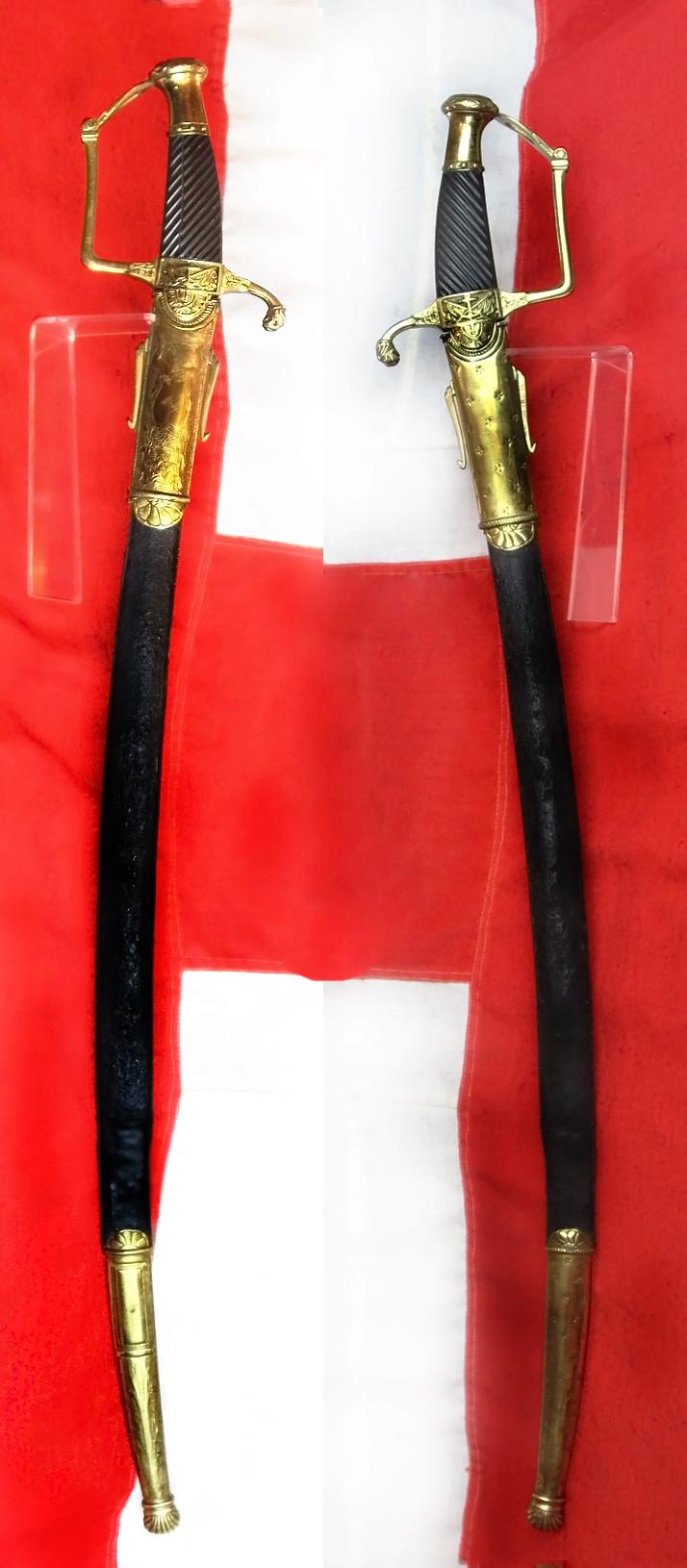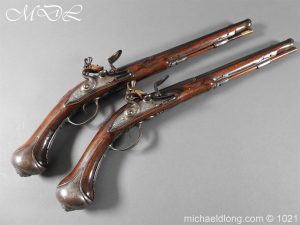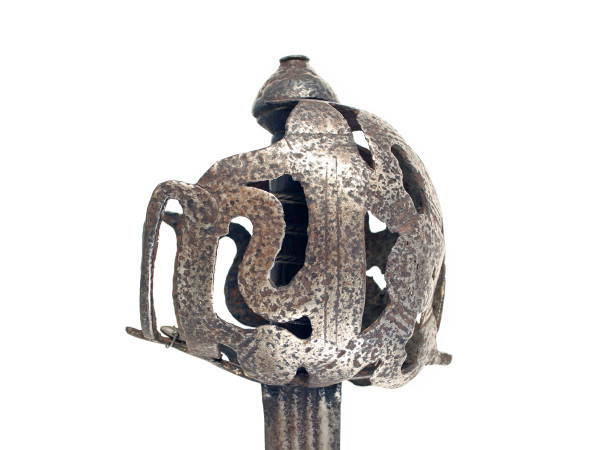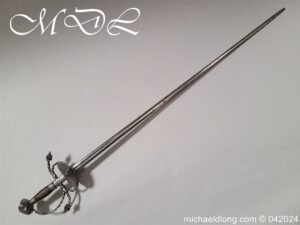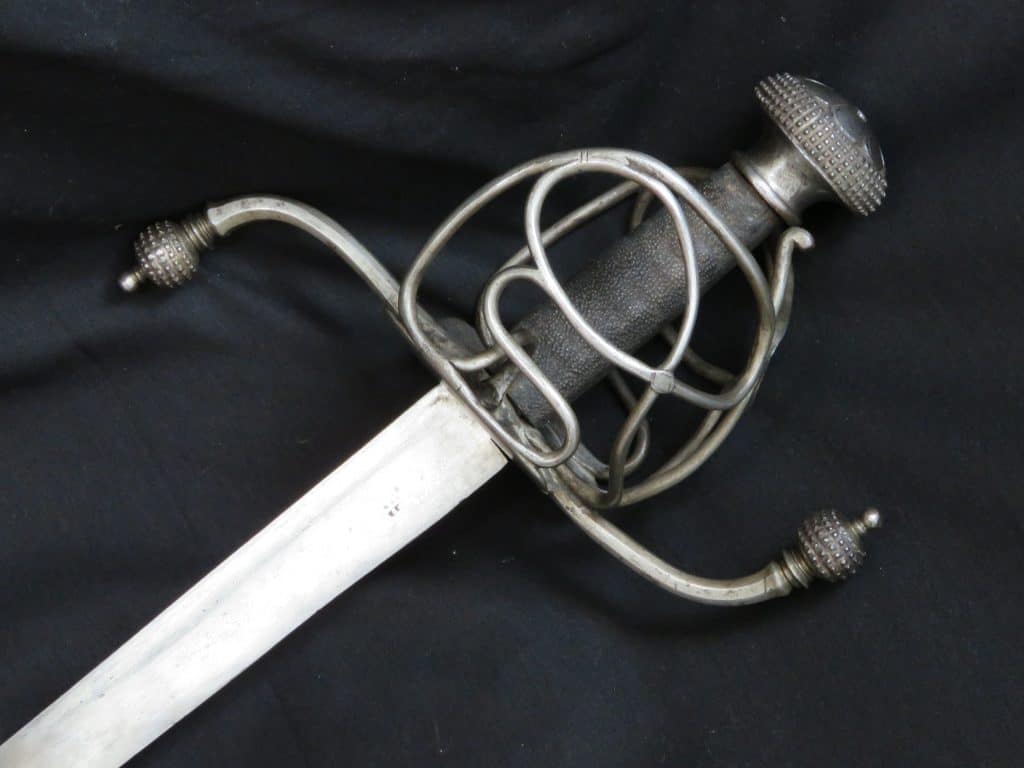For Sale
The following items are listed by for sale by users of the site and dealers. They are in no way endorsed or guaranteed by www.oldswords.com
Add a Classified ItemYou can also receive regular email notifcations when items match your keywords. To recieve them just register or logon at the top right of this page.
- Nation : Japanese
- Local Price : £9450
- Nation : Japanese
- Local Price : £9450
- Nation : British
- Local Price : £8995
- Nation : Japanese
- Local Price : £8750
- Nation : Italian
- Local Price : $8500.00
- Nation : British
- Local Price : £8,495.00
- Nation : British
- Local Price : £8000
- Nation : German
- Local Price : $7995.00
- Nation : British
- Local Price : £7995
- Nation : British
- Local Price : £7995
- Nation : Japanese
- Local Price : £7950
- Nation : Chinese
- Local Price : £7950
- Nation : Japanese
- Local Price : £7950
- Nation : North European
- Local Price : £7850
- Nation : Chinese
- Local Price : £7775
- Nation : Spanish
- Local Price : £7750
- Nation : -
- Local Price : £7,650.00
- Nation : German
- Local Price : £7500
- Nation : Japanese
- Local Price : £7450
- Nation : Japanese
- Local Price : £7450
- Nation : Dutch
- Local Price : £7250
- Nation : Spanish
- Local Price : £6995
- Nation : -
- Local Price : £6,950.00
- Nation : Russian
- Local Price : £6,950.00
- Nation : German
- Local Price : £6,850.00
- Nation : North European
- Local Price : £6850





